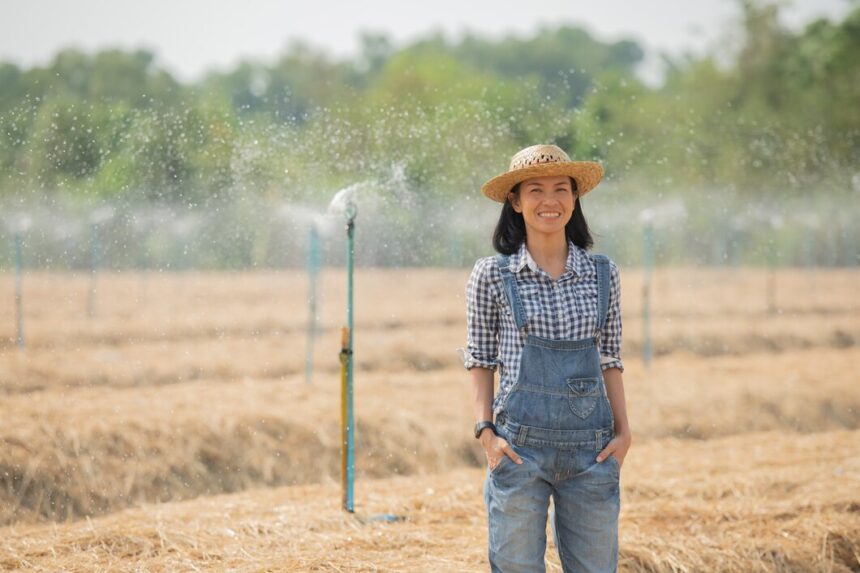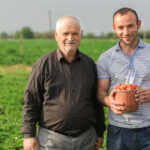Efficient water usage is crucial for the sustainability and productivity of agriculture in South Africa, a country that often faces water scarcity. By implementing advanced monitoring techniques, farmers can optimize water use, reduce costs, and conserve this vital resource. Here are ten effective techniques South African farmers can use for water usage monitoring:
Soil Moisture Sensors
- Soil moisture sensors provide real-time data on the water content in the soil. By placing these sensors at different depths and locations in a field, farmers can monitor soil moisture levels accurately and determine the optimal times for irrigation. This prevents overwatering and ensures that crops receive just the right amount of water.
Weather Stations
- Installing on-farm weather stations can help farmers monitor local weather conditions, such as rainfall, temperature, and humidity. This data is critical for predicting irrigation needs and planning water usage based on actual weather patterns, rather than relying solely on historical data or estimates.
Drones and Remote Sensing
- Drones equipped with multispectral and thermal cameras can fly over fields to collect detailed images and data on crop health and soil moisture. This aerial perspective allows farmers to identify areas of the field that require more or less water, enabling targeted irrigation and reducing overall water use.
Flow Meters
- Installing flow meters on irrigation systems helps farmers measure the exact amount of water being applied to their fields. This data can be used to monitor water usage trends, detect leaks or inefficiencies in the system, and ensure compliance with water usage regulations.
Drip Irrigation Systems
- Drip irrigation systems deliver water directly to the roots of plants through a network of tubes and emitters. This method significantly reduces water wastage by minimizing evaporation and runoff. When combined with soil moisture sensors, drip irrigation can be precisely controlled to meet the specific needs of each crop.
Smart Irrigation Controllers
- Smart irrigation controllers use data from soil moisture sensors, weather stations, and other sources to automate and optimize irrigation schedules. These controllers adjust watering times and amounts based on real-time conditions, ensuring that crops receive the right amount of water without human intervention.
Satellite Imagery
- Satellite imagery provides large-scale data on crop conditions and soil moisture across entire regions. By analyzing this data, farmers can gain insights into water usage patterns, identify areas of stress, and make informed decisions about irrigation and water management.
Water Audits
- Conducting regular water audits involves assessing the efficiency of water use on the farm, identifying areas where water is wasted, and implementing measures to improve water conservation. This systematic approach helps farmers track their water usage over time and make necessary adjustments to reduce waste.
Rainwater Harvesting
- Collecting and storing rainwater for irrigation purposes can supplement traditional water sources and reduce the reliance on groundwater or municipal water supplies. By installing rainwater harvesting systems, farmers can capture runoff from rooftops and other surfaces and store it for use during dry periods.
Education and Training
- Staying informed about the latest water-saving technologies and practices is crucial for effective water management. Farmers should participate in workshops, training sessions, and online courses to learn about new tools and techniques for monitoring and conserving water. Sharing knowledge and experiences with other farmers can also lead to better water management practices across the community.
By adopting these techniques, South African farmers can enhance their water usage monitoring, improve the efficiency of their irrigation systems, and contribute to the sustainability of agriculture in a water-scarce environment. Implementing these strategies not only conserves water but also supports the long-term viability and productivity of farming operations.







